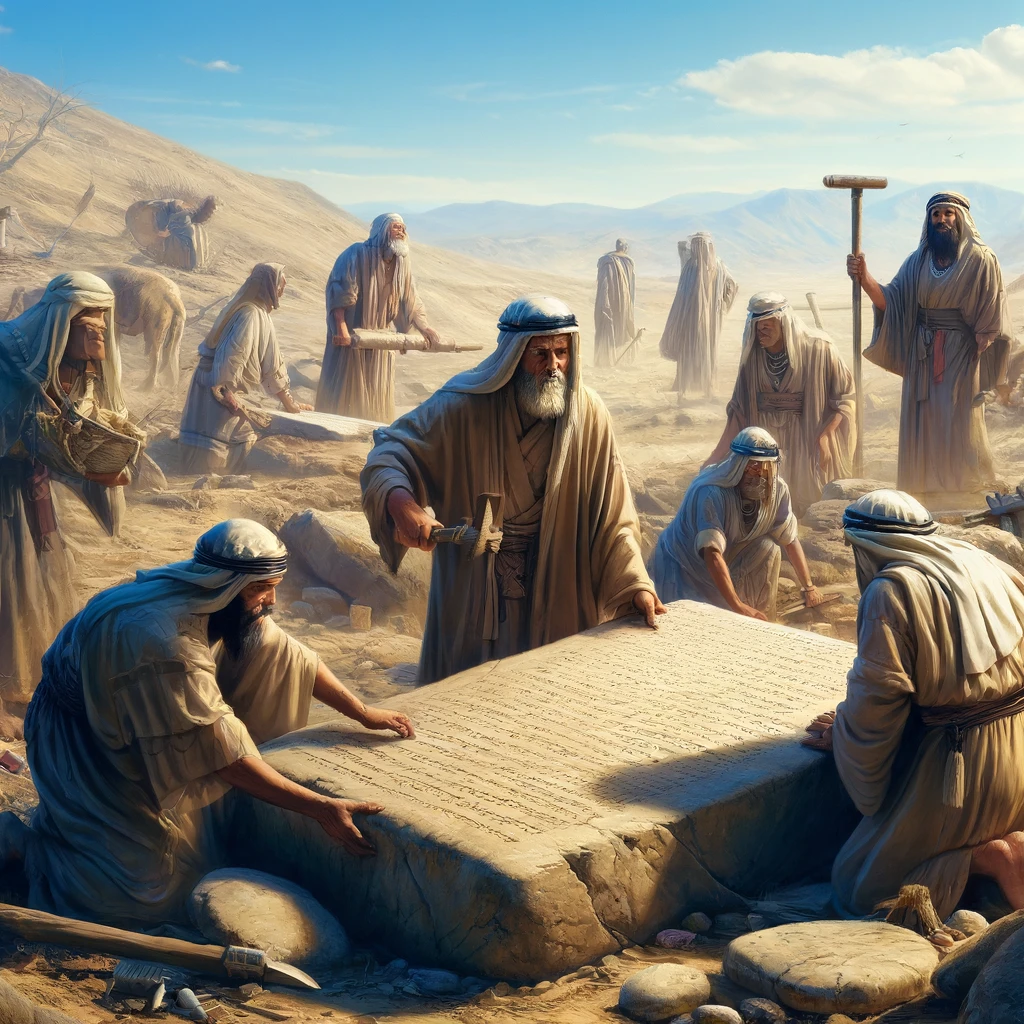Once upon a time in a far away land, people made covenants. They were very happy with their covenants and everyone understood them. These covenants were so powerful in their message and work that the great God of the land, Yahweh he was called by those who knew him best, chose to make covenants himself, choosing a special man and a special people as covenant partners to fulfill his purposes in the world.
Years passed and the covenants of the people changed forms. In fact, these covenants changed so much that there came a time that when the documents that recorded the old covenants with Yahweh were read, people no longer understood how these covenants functioned, or their history, or their forms.
If this wasn’t bad enough, this failure to understand did not hinder either the intellectuals or the common folk of these times from making bold declarations about the covenants in this ancient book… no, indeed, they also developed extensive systems of theology around their speculations about the ancient covenants and disparaged and sometimes punished people who disagreed with their systems.
These dark days continued for many centuries until one day, shortly before the second great war of the world, a farmer, who lived on the land of these ancient covenant people, discovered a set of stairs going underground on his land.[1] In the bowels of that hill, he discovered clay tablets dating to the time of some of the people of that hallowed ancient book, the one filled with all those ancient covenants.
It took a few years, but eventually, after the second great war of the world ended, people began to successfully translate these documents. There were covenants in those texts that looked just like the covenants from the ancient book.
Then, a hero arose in the land, a man bold enough and brave enough to say, “I think the Mosaic covenant is a Suzerain-Vassal treaty.”[2] And the spell was broken. The change didn’t happen all at once, as in some fairytales, but people began to talk and news spread. “We’ve been misinterpreting these covenants for a long time,” they would say to whomever would listen.
Eventually, some conservative scholars, those who had committed their whole lives to the systems that grew up around the misinterpretations of the ancient covenants, began to take notice. And one, as brave and noble as the first, wrote a book that said, “Hey! Covenant theologians! I think this is an important area of study; we should be the first to dive into this, because our whole system of thought is on the line… maybe we’ve been wrong.”[3]
And the people cheered and happiness settled on the land as a truer knowledge of the ancient covenants spread like the dawn over the land.[4]
Well, alright, maybe this last bit is a tad of a stretch; few conservatives actually rejoice with new discoveries that challenges their own cherished notations that they and theirs have all truth sewn up in a bag. There has been a lot of growing attention to these things, however, and conservatives are starting to get a little more comfortable with the idea that the historical, grammatical, and literary context of biblical covenants matter, and that extra-biblical copies of these texts are important for teaching us about the meaning of the biblical covenants we have, the meaning of the symbols used to convey them to the original audience, who understood their natures by little more than the accident of being born into the world that used them daily.
[1] http://en.wikipedia.org/wiki/Ugaritic; http://en.wikipedia.org/wiki/Ugarit;
[2] George Mendenhall Law and Covenant in Israel and the Ancient Near East Pittsburgh: The Biblical Colloquium, 1955.
[3] Meredith Kline, Treaty of the Great King: The Covenant Structure of Deuteronomy: Studies and Commentary (1963); By Oath Consigned: A Reinterpretation of the Covenant Signs of Circumcision and Baptism (1968)
[4] Let me recommend at least two other texts to read. Delbert Hillers, Covenant: The History of a Biblical Idea, John Hopkins’s University Press, 1969; Paul Kalluveettil, Declaration and Covenant. Rome: Biblical Institute Press, 1982.
[5] media pic from sxc.hu
Discover more from Biblical Literacy with Dr. Andrew D. Sargent
Subscribe to get the latest posts sent to your email.


